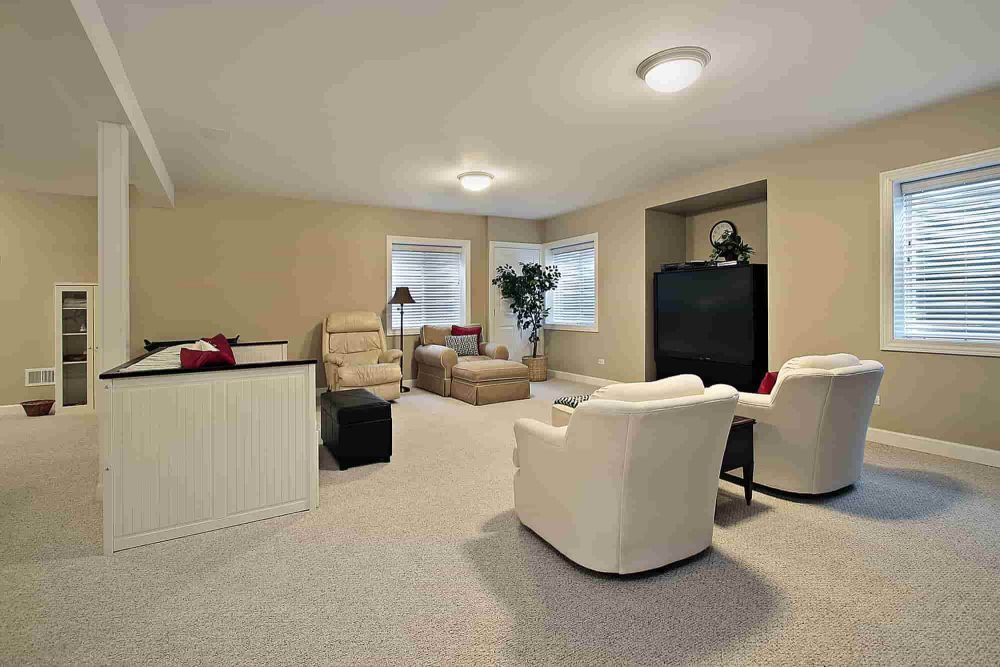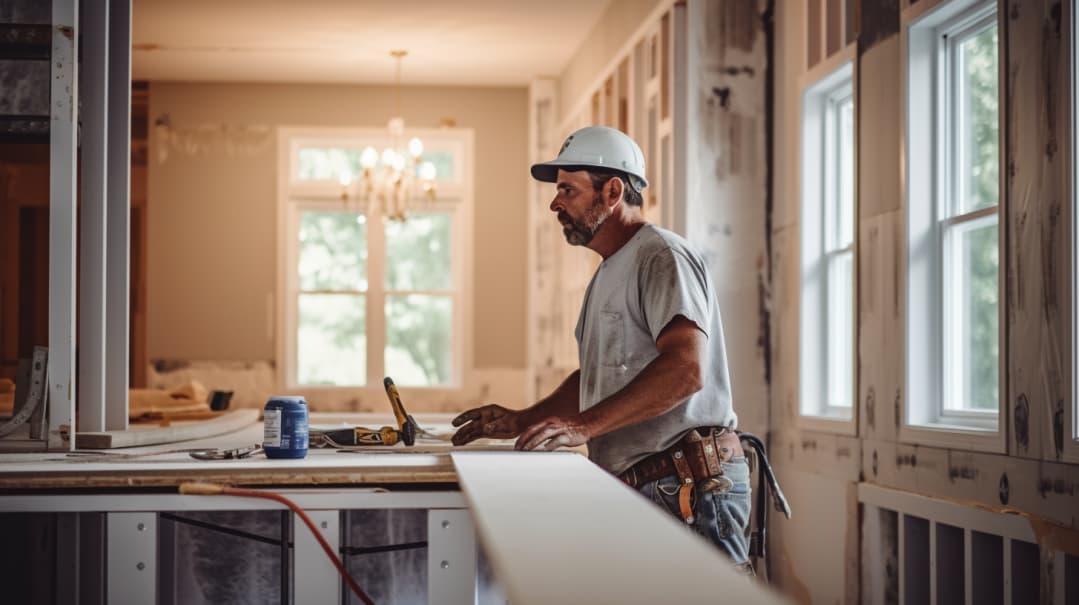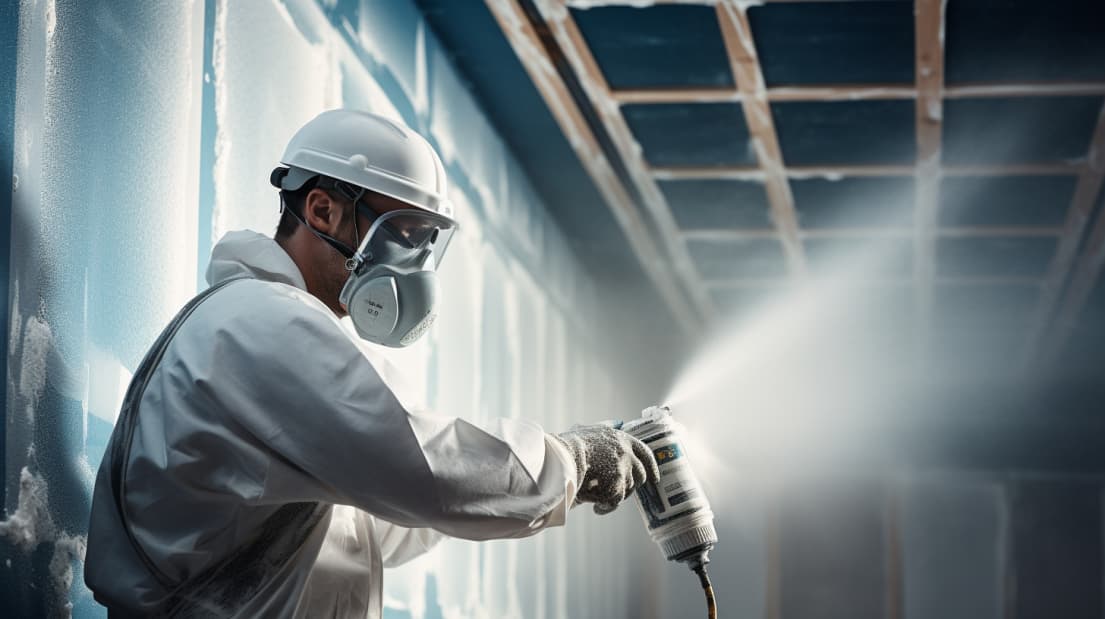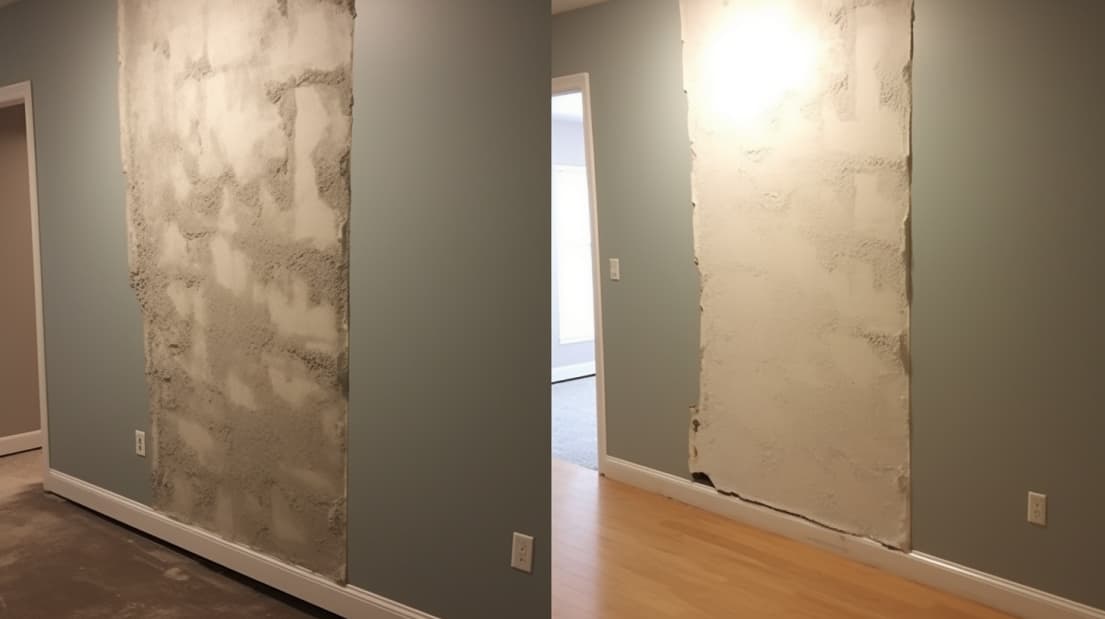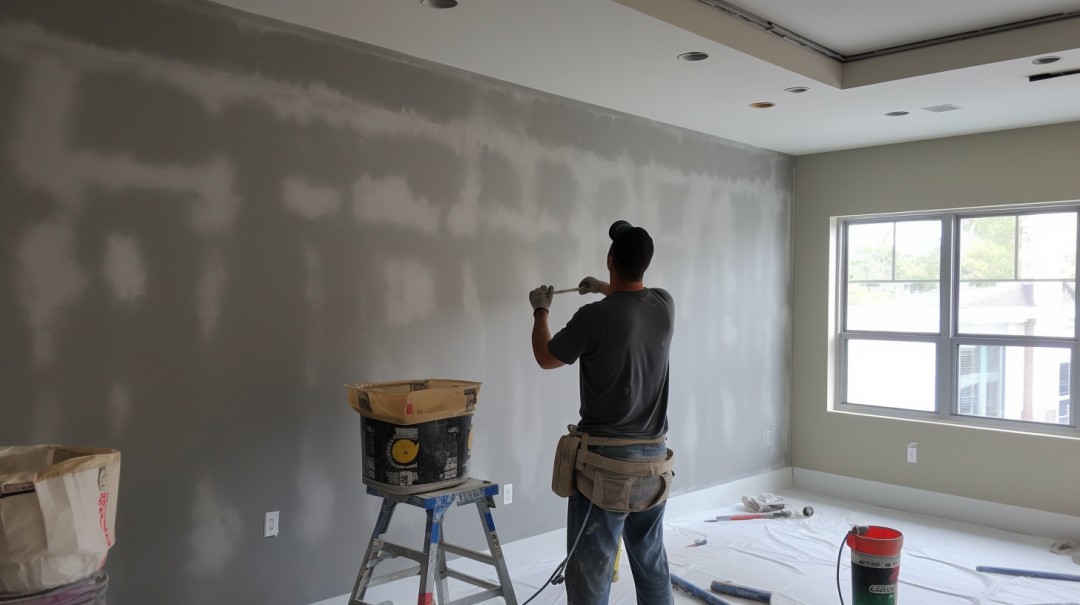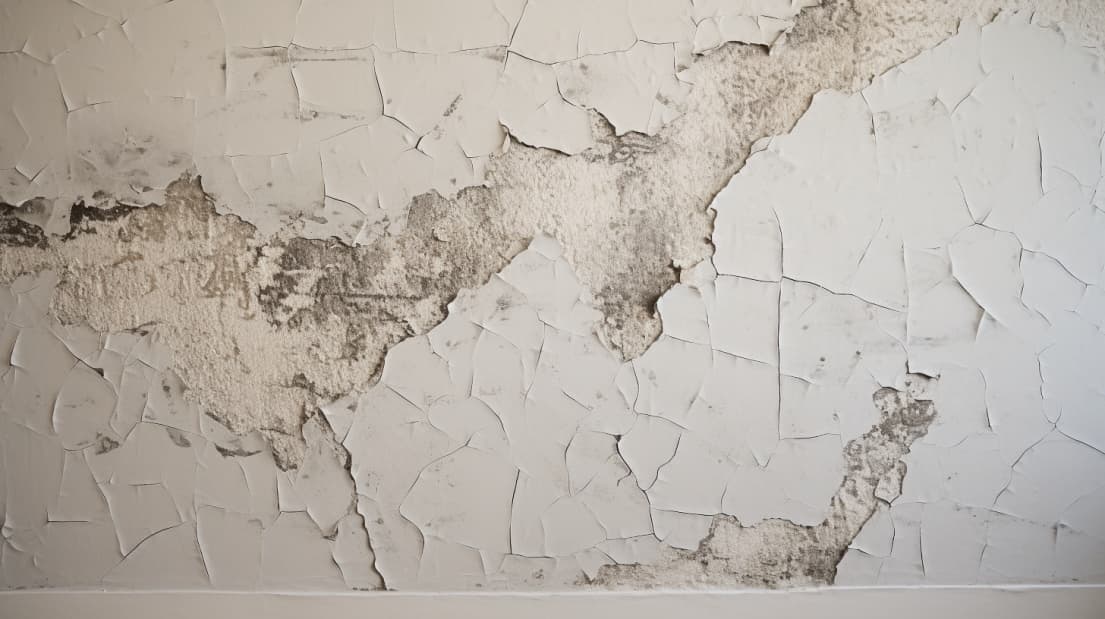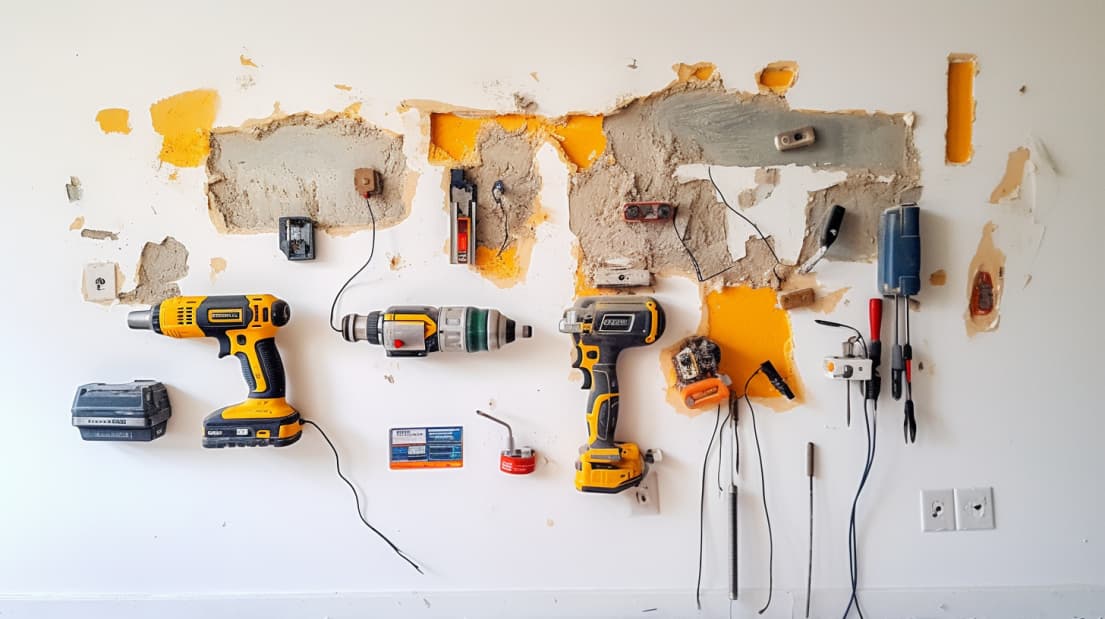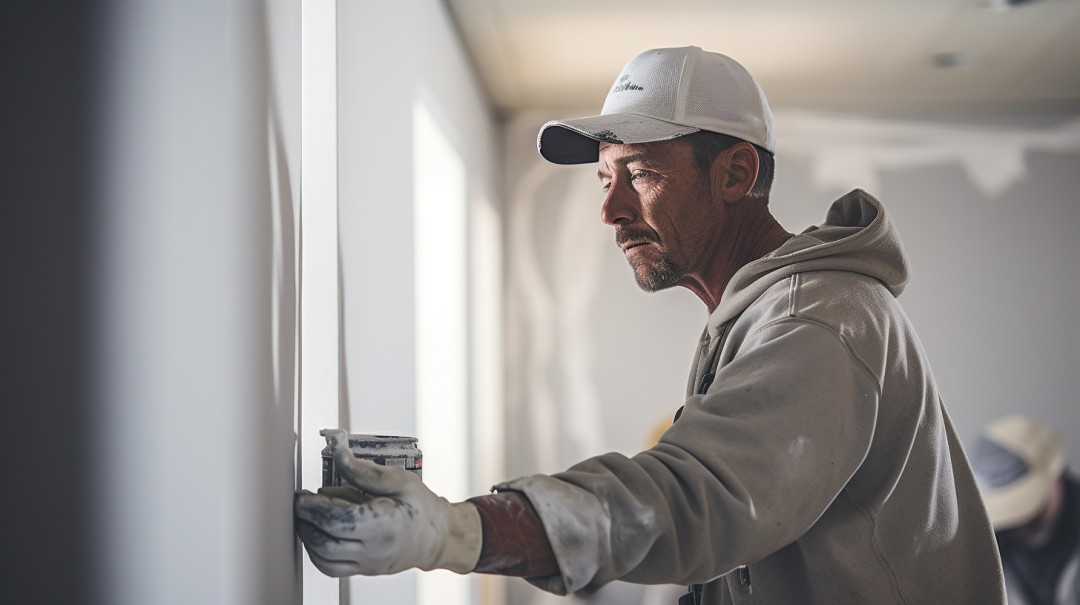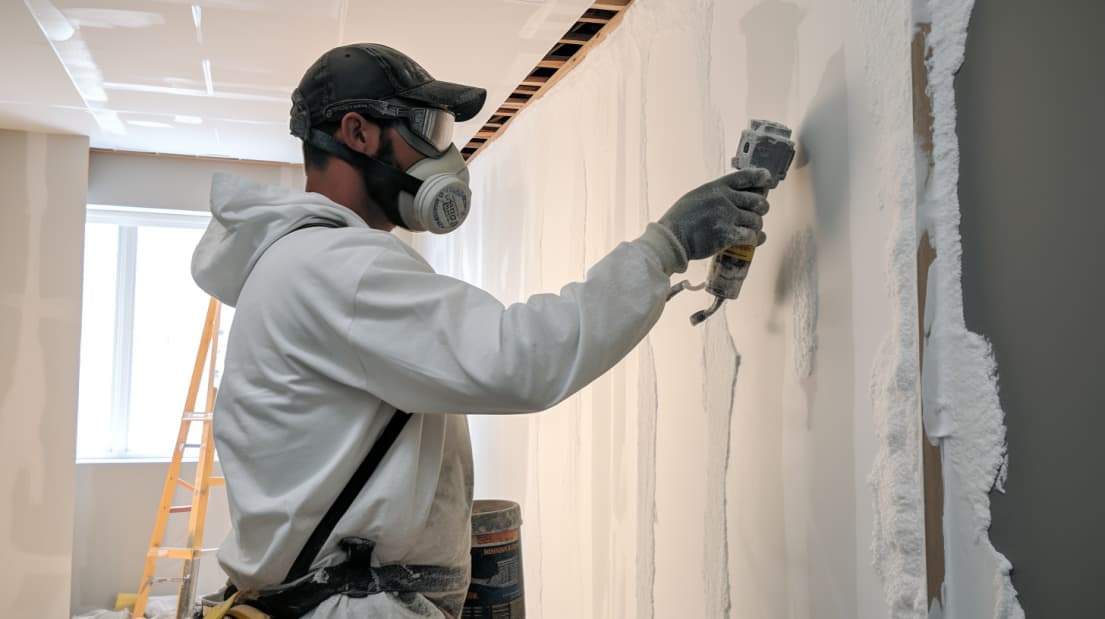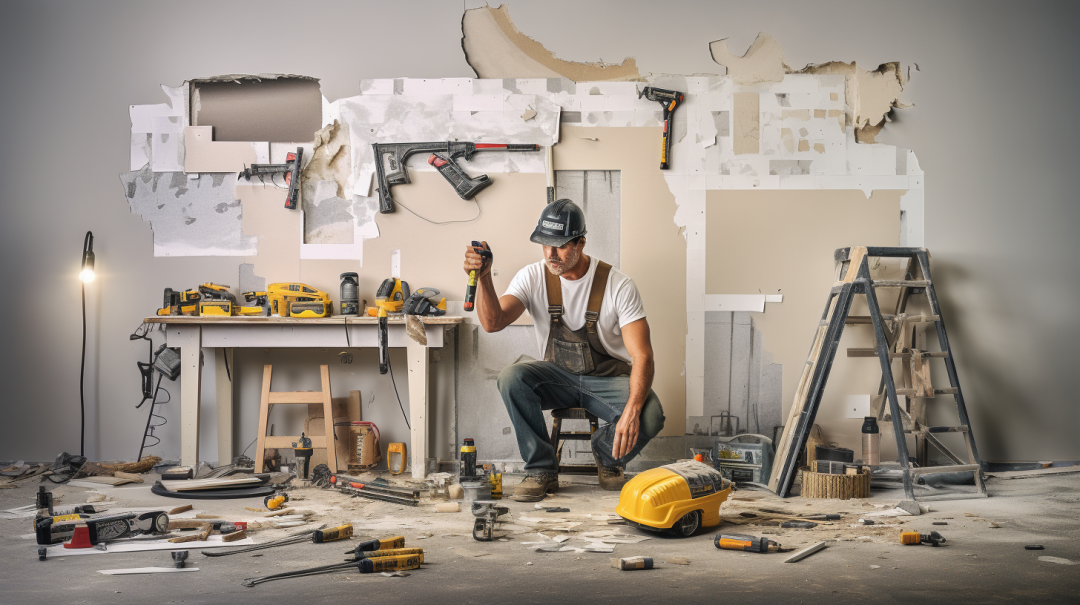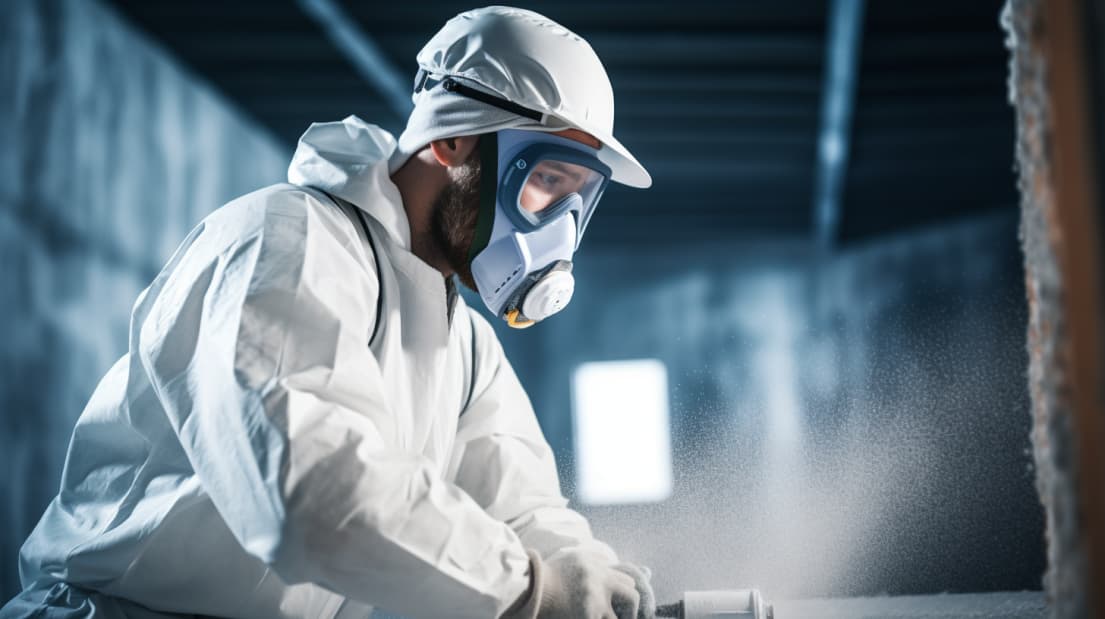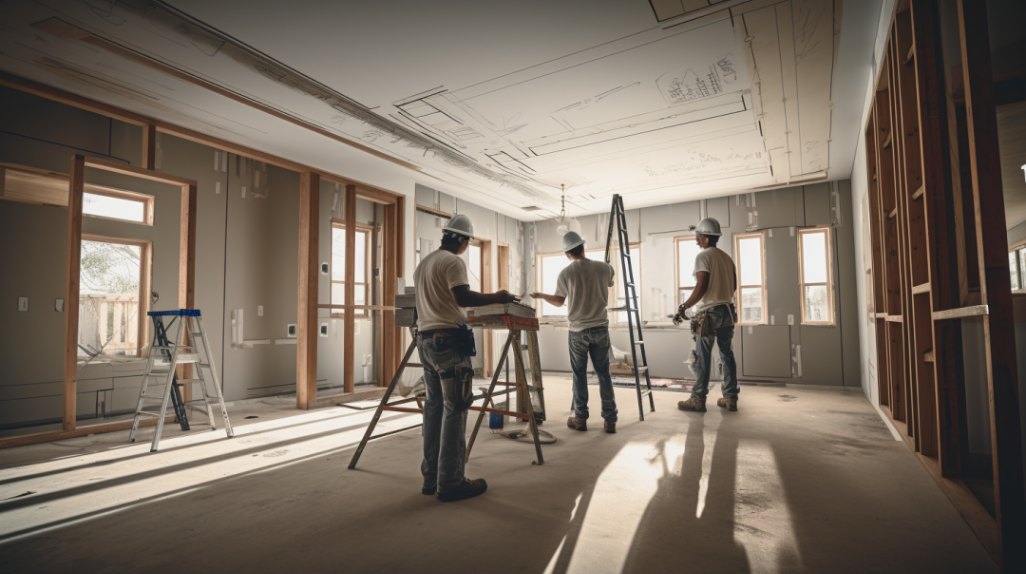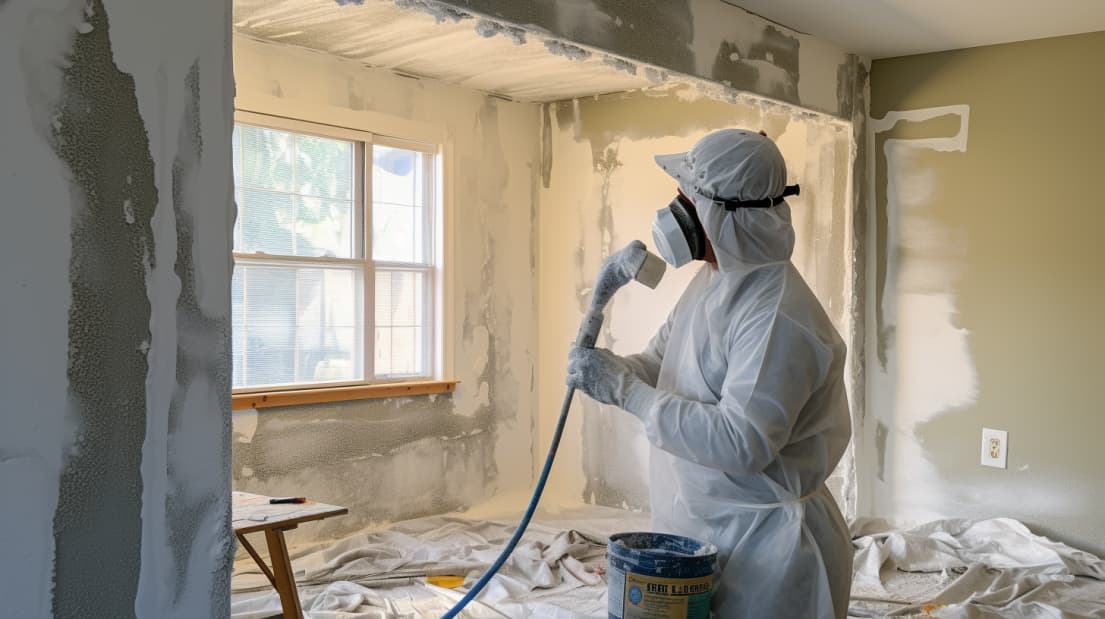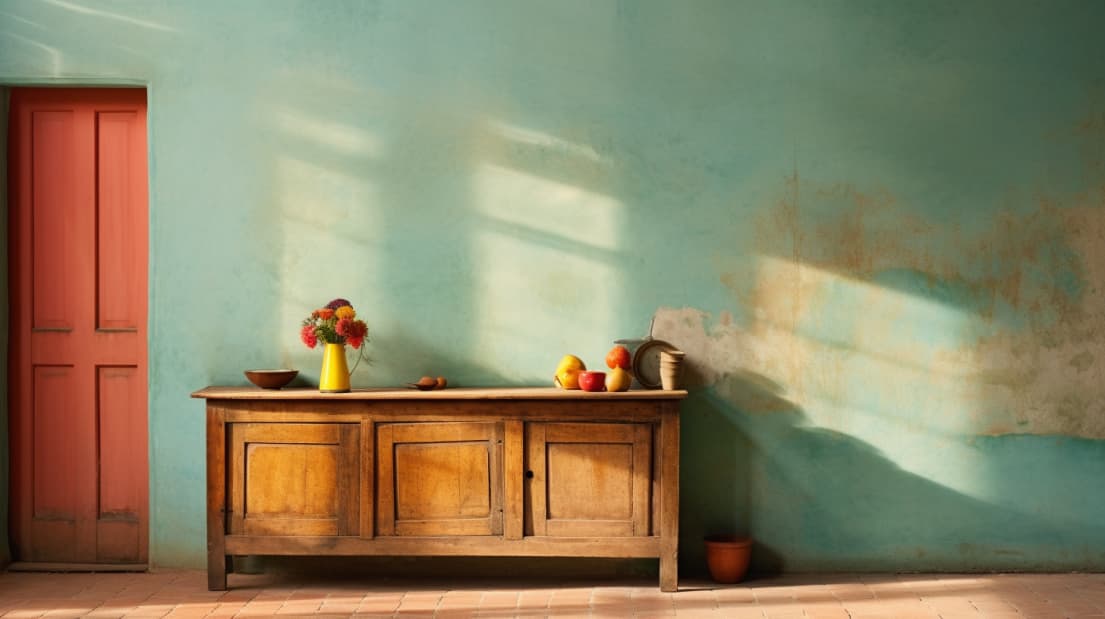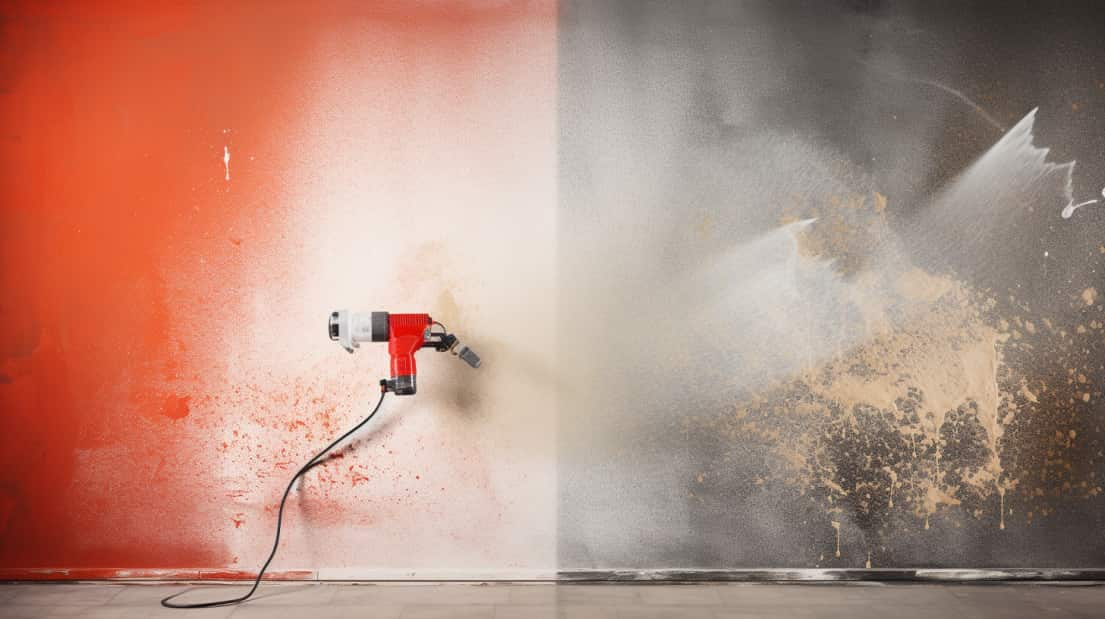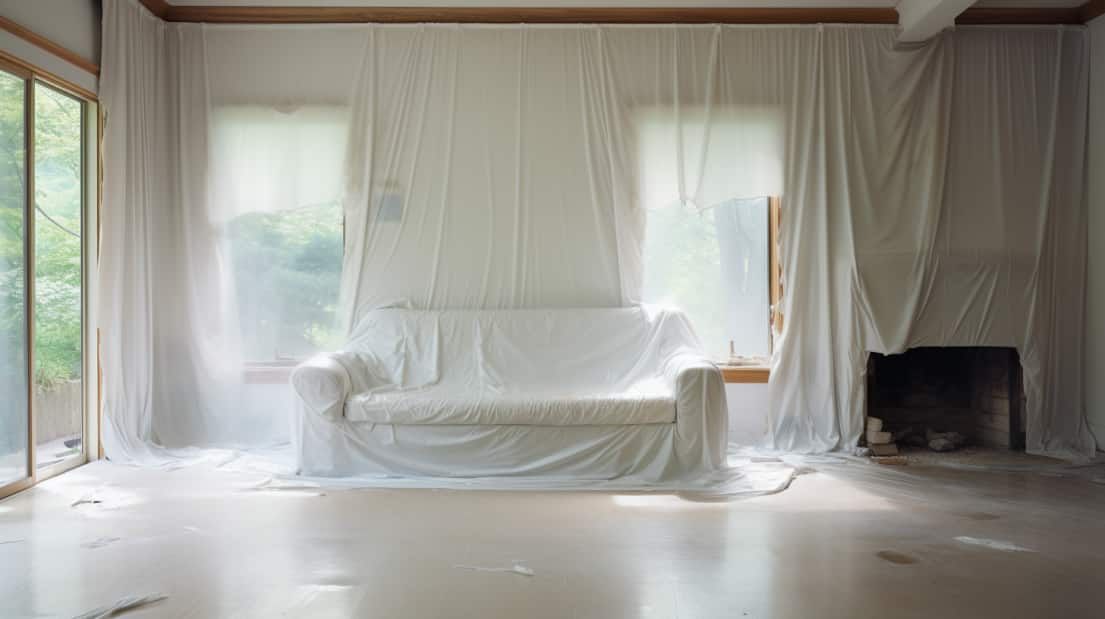Insulating basement walls is an important step in making your home more comfortable and energy-efficient. By insulating the walls, you’ll save money on heating and cooling costs while creating a livable space that can be used for activities such as entertaining guests or simply relaxing.
In this article, we will discuss why it’s important to insulate basement walls and how you can go about doing so yourself. Keep reading to learn more!
Benefits Of Insulating Basement Walls
Insulating basement walls can be a great way to create a comfortable and energy-efficient living space. According to the U.S. Department of Energy, up to 30% of your home’s heat loss is due to ill-insulated walls.
Not only does insulating reduce heat loss, but it also helps with noise reduction and offers long-term savings on heating costs. Installing insulation in your basement walls has many advantages that go beyond saving money over time.
It helps reduce outdoor noise from entering your home – meaning you won’t have to hear all the outside commotion as much. Additionally, if you live in an area with extreme temperatures year round, having insulated walls will help make sure your home remains at a consistent temperature throughout the day and night—without any extra effort or cost on your part!
With these benefits in mind, assessing the insulation needs of your basement should be at the top of your list when making improvements for comfort and efficiency.
Assessing The Insulation Needs Of Your Basement
Assessing the insulation needs of your basement is essential to ensure a comfortable and energy-efficient living space.
To start, it’s important to measure humidity levels in the room as high moisture can lead to mold growth and condensation on cold surfaces. You should also assess airflow within the area since air circulation helps prevent the build-up of moisture while promoting efficient heating and cooling throughout the year.
When selecting an appropriate material for insulation, consider factors such as R-value rating, soundproofing capabilities, fire safety ratings, and durability against pests or extreme temperatures. Every type of insulation offers unique advantages so think about what would be best suited for your home.
Additionally, take into account the time needed for installation and cleanup before making any decisions on which insulation material you’ll use. With these considerations in mind, you’ll be well-equipped to create an optimal living environment that meets all your needs.
Selecting The Right Insulation Material
Insulating your basement walls is essential if you want to create a comfortable and energy-efficient living space. It’s no exaggeration when we say that selecting the right insulation material could be the difference between an oasis of relaxation or a never-ending pit of misery!
Before beginning any project, it’s important to review ratings, compare costs, assess properties, and consider environmental friendliness:
- Reviewing ratings can help ensure that you purchase quality materials with good durability.
- Comparing costs helps determine which option fits within your budget while still providing long-lasting results.
- Assessing properties allows for the comparison of different insulators in terms of their R-value, weight, water absorption rate, etc.
- Considering environmental friendliness ensures that you are making decisions that protect our planet for future generations.
With these considerations in mind, you can make sure you select the best possible material for meeting all your needs whilst also protecting our environment.
Installing The Insulation
When creating a finished basement, it’s essential to prioritize insulation to create a comfortable and energy-efficient living space that complies with building code regulations.
Firstly, addressing air leaks is crucial to prevent energy loss and maintain a comfortable temperature. Focus on insulating foundation walls with materials like fiberglass or foam board, which can be applied directly onto the walls with screws or nails.
To prevent moisture buildup and mold growth, apply a waterproof sealant or membrane over the insulation material. Be sure to seal any gaps between insulation pieces to prevent air leakage and condensation buildup.
For added insulation and energy efficiency, consider using spray foam insulation, which can fill gaps and provide airtight coverage. By taking these steps, you can ensure that your finished basement meets building code requirements while providing a comfortable living space that’s protected against noise, moisture, and temperature fluctuations.
Finishing Touches For A Comfortable Living Space
According to the U.S. Department of Energy, insulating basement walls can help homeowners save up to 20 percent on energy bills and keep their living space comfortable year-round.
This is an important factor in creating a warm and inviting atmosphere when finishing a basement project. Ventilation systems are also key components for maintaining climate control in any room or area with large expanses of insulation like basements. These systems work by controlling airflow and humidity levels within the home while providing cleaner air quality indoors.
An open-concept basement layout can provide a great balance of temperature throughout your home. To ensure that your insulated basement stays comfortable all year round, consider installing a ventilation system. By adding some extra insulation and proper airflow regulation, you can create a more efficient and cozy living space without breaking the bank. With these simple steps, you’ll be on your way to making your home a more enjoyable place to live.
Final Thoughts
Insulating your basement walls is a great way to create an inviting and energy-efficient living space. Not only will it help to save money on heating bills, but you’ll feel proud knowing that you’ve taken the initiative to make your home as comfortable as possible.
You can take comfort in knowing that your efforts are not only helping to conserve energy, but they’re also increasing the value of your property. With just a few simple steps, you can easily transform an ordinary room into one of luxury and energy efficiency.


